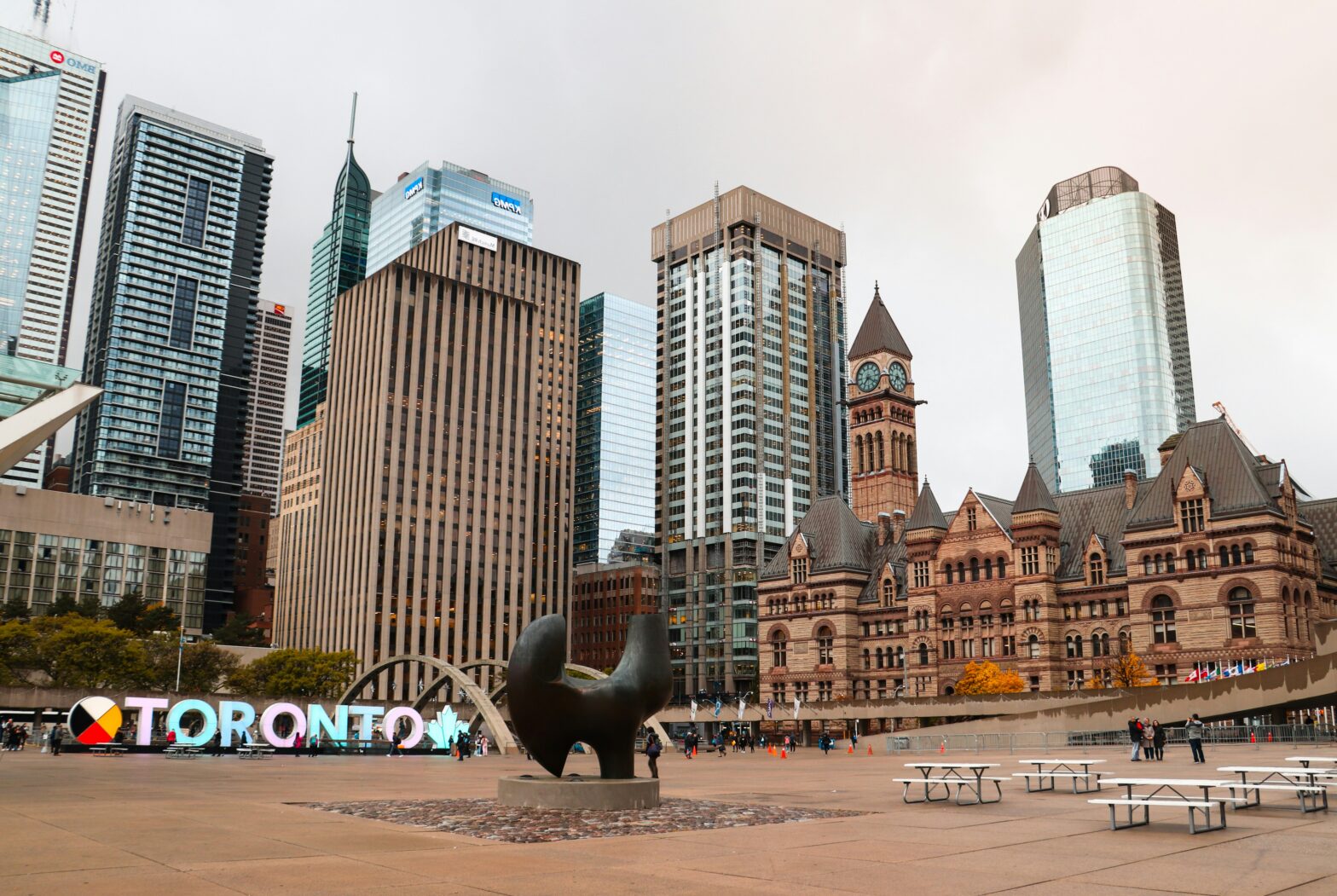Traveling to South America has plenty of appeal to attract many types of tourists. The continent has at times had a questionable reputation, but continues to be a hub for both travelers and expats.
Before planning and setting out on your trip to South America, be sure to get to know more about your destination’s safety level for visitors and temporary residents. To help, Travel Noire has put together a list of the safest countries in South America for travelers who want to take a quick trip or plan on embarking on an extended stay.
Which Countries Are Safest for Tourist Travel?

Safety is an issue that should be taken seriously when traveling abroad. This is particularly true when visiting somewhere new and unfamiliar. The community of a chosen destination can really make or break the entire experience of a trip. While some parts of South America are deemed dangerous, there are also plenty of safe countries that could be perfect for that next travel destination experience.
Learn more about each of these South American countries that have relatively good Global Peace Index’s (GPI) scores. GPI scores are a quantification produced by the Institute of Economics and Peace (IEP) each year that helps to navigate the safety levels of different countries. Higher scores, on a scale from 1-5, represent a higher level of violence.
Uruguay
Uruguay’s culture is very calm since it is a relatively small country with a small population. It is known as a very friendly country for foreigners and even has a fairly simple route for obtaining residency. Uruguay is considered one of the safest countries to visit in all of Latin America and has one of the lowest crime rates too. Uruguay’s 2023 GPI score of 1.8 positions the country as the 2nd most peaceful country in the region.
To accommodate travelers, it is common for tours and excursions to include professional tour guides and transportation. Community is incredibly important here, so travelers feel welcome and usually want to make a trip back. Montevideo is the capital of Uruguay and is a great representation of its inviting culture. The capital makes for a great destination spot for first-time visitors who want a feel for this country and its communities.
Argentina
Argentina is a country in the southern half of South America and is the second largest country in South America (after Brazil). The country is a popular tourist destination for backpackers because of its natural landscapes. Argentina is home to the Andes Mountains, Pampas Grasslands and Iguazu Falls, which attracts tourists from all over the world. Visitors can enjoy taking road trips and indulging in the best Malbec wine in the world (Mendoza, Argentina is the wine capital of the world). Argentina is such a warm and welcoming country that it is considered one of the safest to travel to in Latin America, with its 1.84 GPI score.
Chile
Chile is a country on the western edge of South America that is filled with natural beauty. In fact, the most popular tourist attraction in Chile is the Torres Del Paine National Park, which has crystal clear lakes, sprawling vineyards and icy glaciers (and many other things to see). To the north is the driest desert in the world, Atacama. Santiago is the capital city of Chile and is a great place to stay for those that want to be around central areas. The vibrant city is a growing metropolitan area, but navigating it is manageable with sensible travel precautions. Since Chile’s GPI score stands at 1.87, it is the fourth safest country in the Latin America overall.
South America’s Safest Countries for Digital Nomads and Expats

Remote work has been on the rise ever since the COVID-19 pandemic hit and it does not seem to be letting up. The days of rushing out of the house to sit in traffic are over. Now, remote workers and expats can travel all over the world while also making corporate, freelance or entrepreneurial money. Being able to switch your background (not just in zoom meetings) either periodically or on a whim is the new norm. So, it is completely understandable that remote workers have flocked to tropical and diverse countries that offer digital nomad visas with little fuss, like these options in South America.
Paraguay
Paraguay is a subtropical land locked country and is one of the most affordable Latin American countries. The country is not very well known and has a growing economy, but the visit is well worth it for travelers that appreciate less tourist focused destinations. The cultural melting pot and stunning natural landscapes (like Ypacaraí Lake) of Paraguay attracts visitors that want to witness its unique offerings. Due to it being an underrated destination that is less explored than tourist hotspots in South America, expats and travelers can expect less crowds. Expats will enjoy Paraguay for its shopping hubs and affordable cost of living.
Safety in Paraguay is not a serious issue. The country boasts a 1.94 GPI score and is in 6th place among Latin American countries. Since the country has a relatively good score, travelers can exercise regular precautions while in Paraguay. Areas like Encarnación and San Lorenzo are among the safest to visit, although travelers should use their discretion when exploring the country. For travelers, the open spaces and tranquil nature at every turn may trump the occasionally fickle internet service. Digital nomads who require constant internet connection may not be a good fit for Paraguay, since the country experiences some power cuts during storms that last up to a few hours.
Ecuador
Ecuador is a small country with incredible biodiversity and an underrated digital nomad community. It is home to the Andes, a part of the Amazon Rainforest and the famed Galápagos Islands. While there are natural disasters that occur occasionally, like floods and earthquakes, there are safety procedures for emergencies so most travelers need only worry about petty crime when visiting Ecuador. The country has a 2.1 GPI score, which is an improvement from recent years.
Cuenca, the third largest city in Ecuador, is a tourist friendly place with relatively low crime rates, warm community and distinction as a UNESCO World Heritage Site. While in major cities, travelers should be sure to take regular precautions since Ecuador is relatively safe, excluding some protests. Expats can expect warm weather through out the year, welcoming locals and a low cost of living in Ecuador. The internet connection in Ecuador is dependable and easy to arrange since there are plenty of plan and price options. Travelers will even find that there are ample cafes, malls and hotels that can provide service if they choose to not depend on mobile data.
Colombia
Colombia offers metropolitan cities and beautiful beaches, at a fraction of the cost (compared to Western countries). With one of the best healthcare programs in the world, it is no mystery why Colombia is a hotspot for expats. Medellín, Colombia is a great city for remote work and attracts tourists from all over the world with its year round warm weather. For travelers who opt to live and work in areas temporarily, this city is a great option. The country of Colombia is very affordable and has a thriving coffee shop scene, which remote workers will appreciate. There are programs that offer co-working spaces and accommodation that are not hard to come by and the cost of living is low.
While Colombia does not have the most impressive GPI score, with a 2.69, many expats still appreciate the country. While the GPI score has worsened in recent years, expats still frequent the country. Expats should of course stay vigilant and as locals say, “no dar papaya” which (loosely) translates to “do not make yourself a target” by leaving expensive things unattended or walking alone in poorly lit areas. Safety largely depends on what neighborhood or area travelers are staying in. Smaller cities like Pereira, Colombia offer relatively lower crime rates than big cities (like Medellín).





